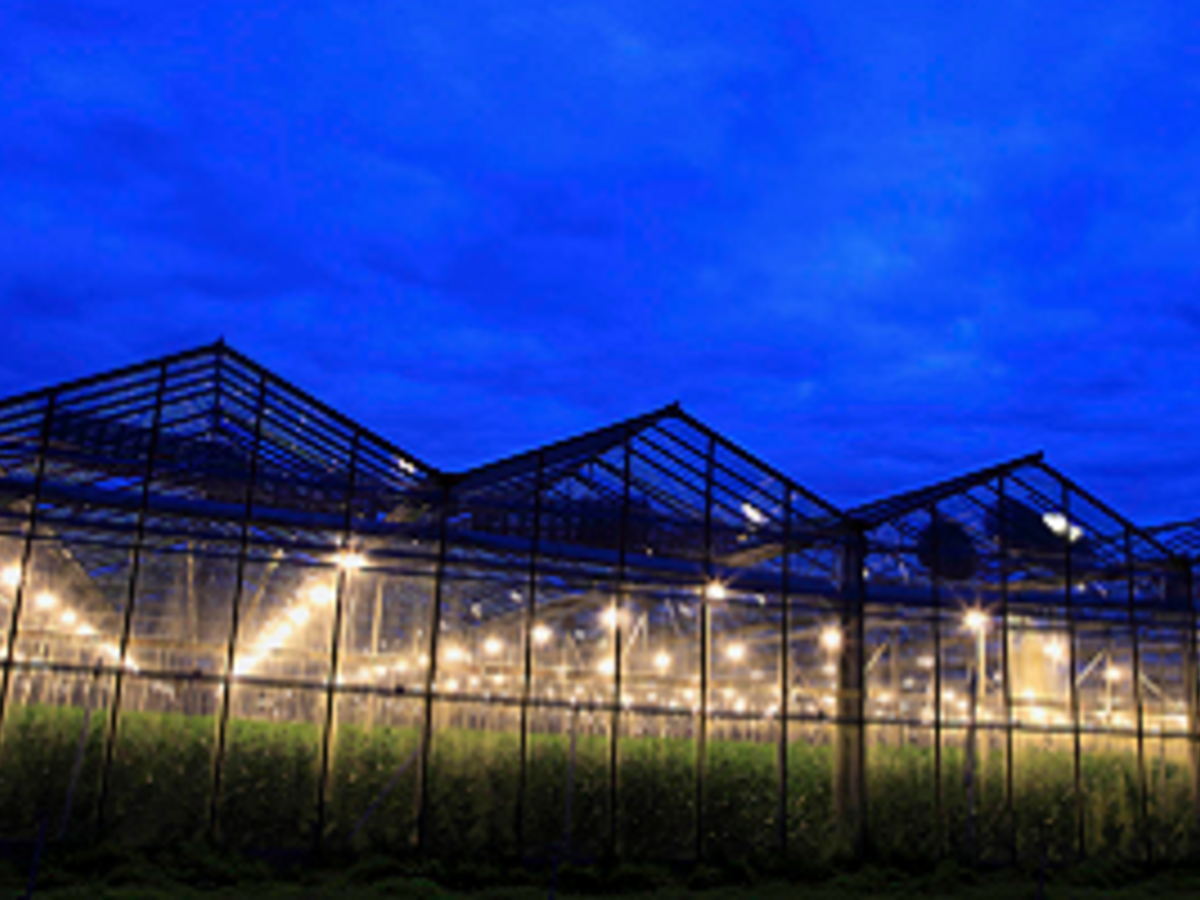December 11, 2019
There’s an old saying, “You don’t know what you don’t know,” and it applies not only to people but evolving technologies as well. Innovation almost always starts with a knowledge gap in some form or another, and that includes the legal cannabis industry.
However, the publication of ANSI/CAN/ UL/ULC 1389, “Plant Oil Extraction Equipment for Installation and Use in Ordinary (Unclassified) Locations and Hazardous (Classified) Locations,” a bi-national standard for the USA and Canada goes a long way in filling one of those gaps as it relates to safety in the industry.
Before UL/ULC 1389, cannabis legalization was expanding with varying approaches to equipment safety across North America, making it difficult to standardize the design, production, installation and use of plant oil extraction equipment. Without such standardization, inspection and regulatory authorities faced significant challenges in approving application sites.
Many jurisdictions are facing varying permit requests from hopeful entrants to the legal cannabis industry or into the makeup of cannabis oil producers that require authorities to determine suitability. Are they large commercial ventures or small boutiques? Are extract production facilities operating in isolation, i.e., away from the public space, or in the city center?
Not knowing how commercial production will play out has led many communities to take a wait and see approach in order to learn from the experiences of other cities before fully committing to the unknown.
While local municipalities sort the ins-and-outs of a legal cannabis industry, Underwriters Laboratories, has assisted in elevating the level of industry safety as a standards developing organization by working with industry stakeholders including regulators, building inspectors, original equipment manufacturers, processing facility owners and operators to develop an equipment safety standard that addresses the safety issues related to fire, shock and explosion of extraction equipment installed in processing facilities.
Inside UL spoke with Jerilyn Merrill, a business development manager with UL’s Energy and Power Technologies division, to learn more about cannabis oil extraction equipment, the system certification program and why this standard is a significant turning point for the industry.
[Inside UL] Why is there a need for ANSI/CAN/UL/ULC 1389, Plant Oil Extraction Equipment for Installation and Use in Ordinary (Unclassified) Locations and Hazardous (Classified) Locations?
[Jerilyn Merrill] History has already shown what can happen during the extraction process. Several incidents sent workers to the hospital with severe burns, revealing the need for greater safety in support of this emerging industry. Additionally, inspection and regulatory authorities had to rely on what was available in regard to signing off on a building permit or the permitting process.
ANSI/CAN/UL/ULC 1389 was needed to help protect worker and public safety. Whenever you have a new technology, the standards development quite often lags behind the technology. Still, UL, together with an industry-standard technical panel (STP), focused on expediting a comprehensive plant oil extraction equipment safety standard that addresses preparatory equipment, extractors, booths/pods, post-processing equipment and utilization equipment.
Related | Safety Considerations for the Legal Cannabis Industry in North America
[Inside UL ] The Financial Post reported in April 2019 that cannabis oil makes up an estimated 60% of total cannabis market sales. How is the oil extracted from the plant?
[Jerilyn Merrill] While there are a number of techniques to extract plant oil, one common method is the use of flammable or combustible materials, including hydrocarbons — butane, LPG, pentane, propane — and alcohols, such as ethanol. Other methods involve the use of carbon dioxide and heat with a mechanical press that literally presses the oil out of the plant.
[Inside UL] What are the known hazards associated with plant oil extraction?
[Jerilyn Merrill] The most significant hazards have been associated with the use of flammable or combustible materials, more specifically, hydrocarbons and alcohols. Hydrocarbon extraction presents a major safety hazard as the process calls for the use of explosive gases and extraction is rarely automated, meaning that a worker is almost always close to the process and the flammable solvents. However, even with its high volatility, hydrocarbon extraction is primarily used by large-scale operations due to the speed and efficiency of the method. With mechanical presses, pinch points and burns are always a possibility. Operators need to take steps to mitigate limb amputations. For CO2, asphyxiation is a concern as carbon dioxide is a colorless and odorless gas. It can be deadly even when normal oxygen levels are present.
[Inside UL] Why does the standard ANSI/CAN/UL/ULC 1389, Plant Oil Extraction Equipment for Installation and Use in Ordinary (Unclassified) Locations and Hazardous (Classified) Locations, focus on the design, production, installation and use of plant oil extraction equipment and not on the actual extraction process?
[Jerilyn Merrill] Based on direct feedback from inspection and regulatory personnel, and based on the review of documented incident reports, it was determined that there was an immediate need for control of the design, production, installation and use of plant oil extraction equipment. This led to ANSI/CAN/UL/ULC 1389. UL is always receptive to feedback on additional ways in which we can improve safety.
UL’s 125 years of expertise is built on testing, inspecting and certifying materials and equipment while offering solutions to build trust and help protect people and the environment. We take our knowledge – building blocks of safety that we’ve researched, tested and implemented in other applications – and apply it to new technologies.
For example, a dispensary can have similar equipment to a gas station. It has parts that handle fluids with hoses and valves, and gauges that are gasketed. Further, for CO2 mitigation, the storage tanks not only need to be tested for leakage, but the piping, fittings and other components are tested as well. Proper ventilation and a continuous gas detection system is also needed to help keep workers safe. These things and more are addressed in the standard.
Do you want to learn more about our testing and certification work for the legal cannabis industry? Visit us at UL.com/cannabis to see more and contact us.

